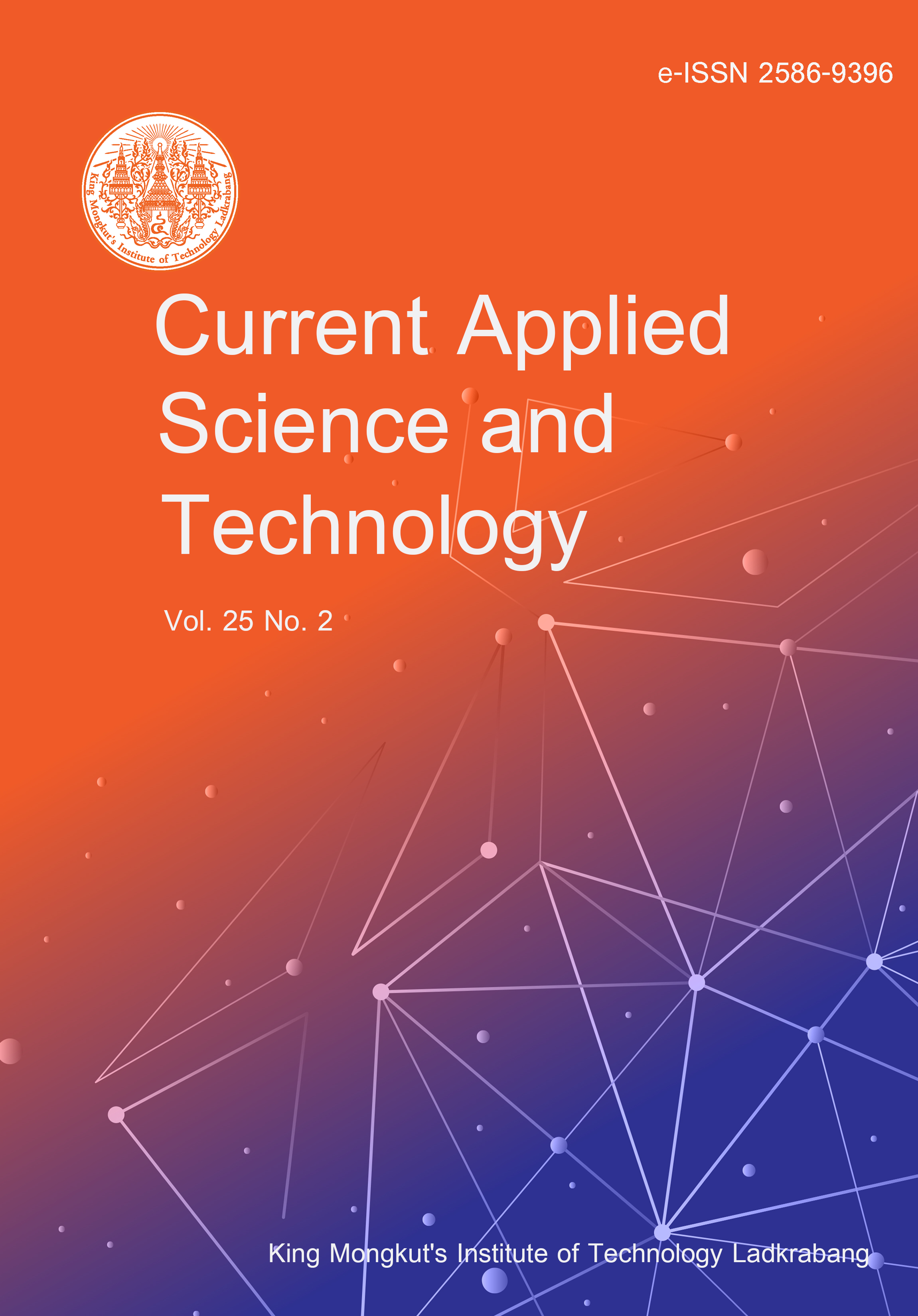It is generally accepted that low-level laser therapy promotes cellular energy production and increases the synthesis of ATP by triggering the mitochondrial electron transport chain's photosensitive cytochrome c oxidase complex. Nevertheless, this investigation aimed to examine the possible adverse impact on sperm function and DNA integrity of low-intensity laser radiation with a wavelength of 980 nm. Following standard analysis, forty semen samples were collected and categorized as either asthenospermic, oligospermic, or normospermic. The remaining semen was subjected to standard semen analysis, and the aliquots were divided into treatment and control groups. A continuous-wave 980 nm laser with an output power of 100 mW and an energy density of 10 J/cm2 was applied to the treated samples for 30 s. Divided samples underwent incubation at 37oC, and semen analysis was used to assess aliquots at 30 s and 2 h intervals. Following the incubation time, each sample was frozen in 250 mL at -80oC until DNA fragmentation was examined using flow cytometry. Thirty minutes after treatment, there was a noticeable increase in sperm movement; the rise was largest in oligospermic and asthenospermic samples (88%) while samples of normal sperm displayed the least increment (7.5%). There was no discernible increase in DNA damage in the treatment samples compared to the control samples. The treatment samples had 21.8% and the control samples had 25.3% of the DNA fragmentation index. The dynamics of sperm motion were noticeably altered. Short-term exposure to low-level laser radiation appeared to improve the motion and movement of treated sperm, and after 2 h, there was no increase in DNA damage. Asthenospermia and mitochondrial dysfunction may be related in some circumstances. To fully understand the ramifications of these results for possible medicinal applications, more research is needed. Our research's conclusions suggest that low-level laser stimulation is a useful and safe technique for identifying viable immotile spermatozoa in a particular sample. It may also cause these spermatozoa to move about, which could have positive therapeutic effects.
Timimi, Z. undefined. A. . (2024). Evaluation of the Detrimental Impact of Low-Intensity Laser Radiation on the Characteristics of Sperm Movement, Motion, and DNA Damage. CURRENT APPLIED SCIENCE AND TECHNOLOGY, e0262524. https://doi.org/10.55003/cast.2024.262524

